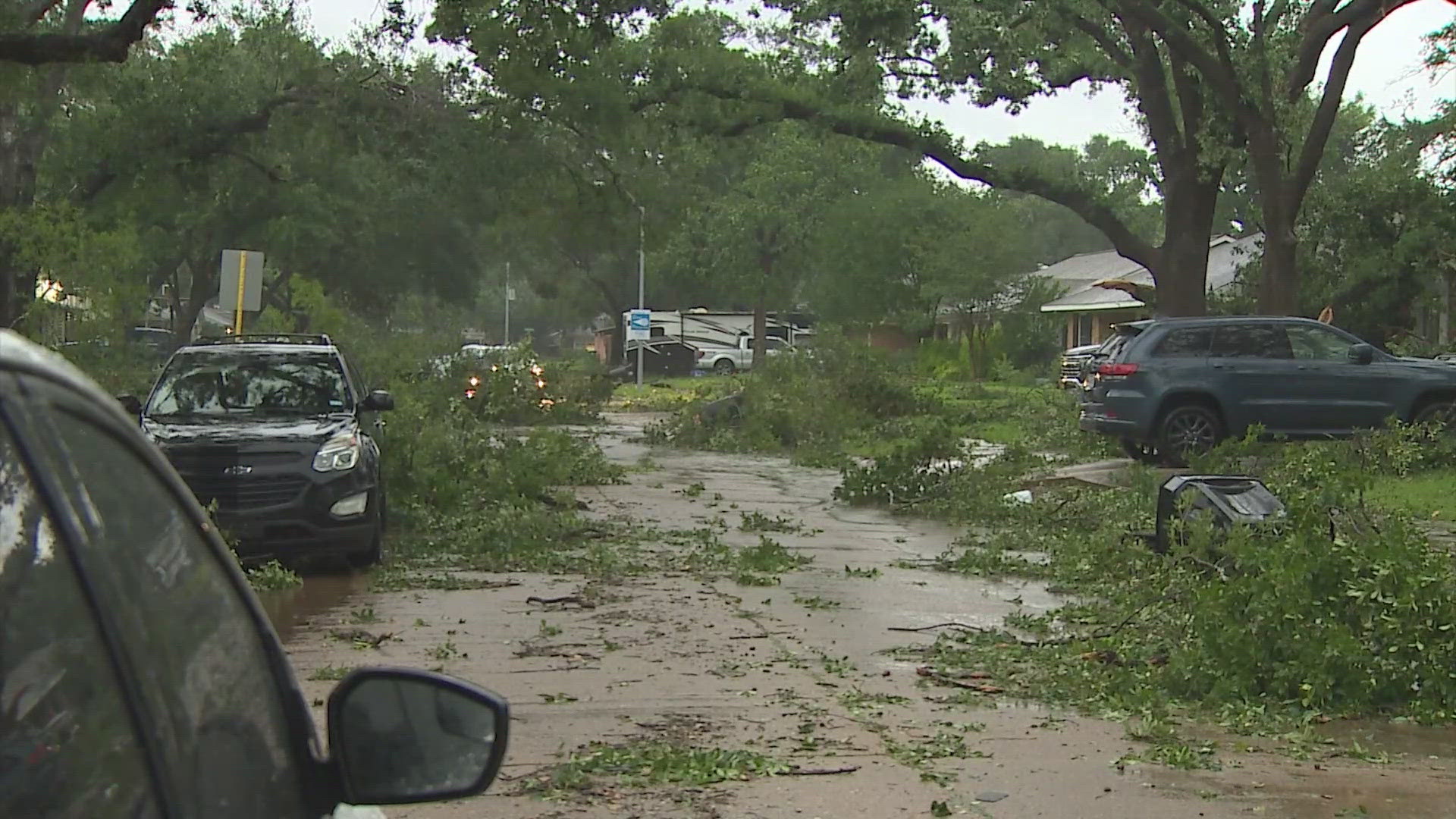The year 2016 was a wild one for the private prison industry. ![]()
During the presidential election campaign, the Democratic challengers both called for an end to private prisons. The leader in the industry announced it would lay off 12 percent of headquarters staff. Then, in August, Obama’s Department of Justice announced that the Bureau of Prisons would phase out its use of privately run prisons. As a result of this announcement, stock prices for the biggest private prison companies dropped precipitously. All of this was in the context of a shrinking prison population, which threatened to undermine demand for private prison beds.
Enter Donald Trump. Throughout 2016, then-candidate Trump campaigned on a “law and order” message and, perhaps more importantly, an anti-immigration message. Both implied a surge in the population of convicted offenders and detained immigrants. Upon Trump’s election, private prison stocks spiked immediately, as investors speculated that demand for prison beds would rebound and perhaps surpass earlier levels.
How do private prisons work, what effect have they had on American criminal justice and what does the future hold for them? As a sociologist, I have examined the use of private prisons in the United States and their impact on the American criminal justice system. My research, and that of others, reveals that the trend toward privatization is unlikely to solve the very real problems in U.S. prisons.
Nonetheless, the industry is a resilient one, and we can expect private prisons to persist in spite of their checkered performance history.



